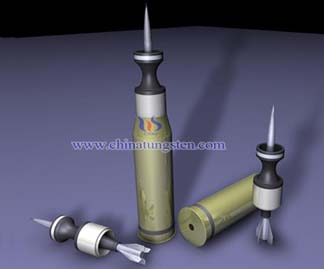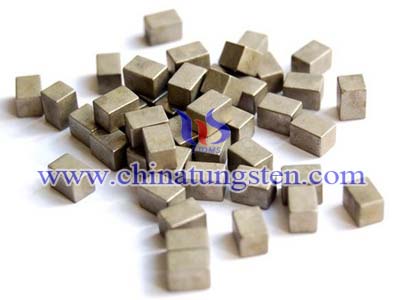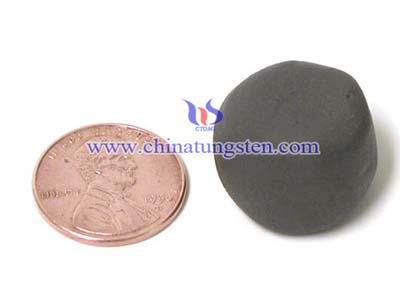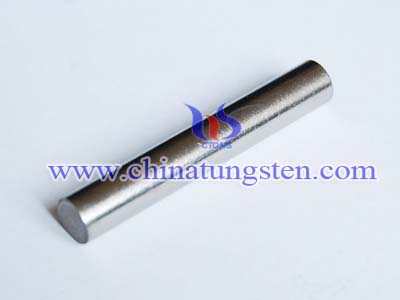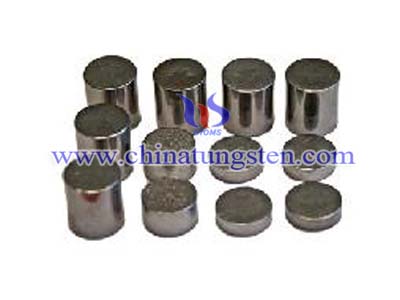Tungsten Heavy Alloy Ordnance Components

In World War II, projectiles made from tungsten alloys helped Allied forces achieve victory. Today, high-density tungsten alloys are still proving their worth in tungsten alloy ordnance applications around the world. The compact yet uncompromising strength found in tungsten alloys allows us to offer the highest quality in hyper-velocity, armor-penetrating applications, fragmentation devices and kinetic energy penetrators. Flexible manufacturing techniques and additives also allow us to vary properties such as elongation, ultimate tensile strength, and hardness to ensure the best possible material for your unique needs.
It provides assurance to high density tungsten alloy products use in scientific research and production of national defense industry. Meanwhile, the company took charge in compiling Military Industry Standard WJ2605-2002. And it took part in National Military Standard GJB3793-99.In response to the new operational requirements; military tungsten alloy developers evaluated a succession of metal alloys. Initially, the British government developed a higher density tungsten alloy consisting of 93 percent tungsten and 7 percent binder tungsten alloy (WA).
In August of 1986 the last revision of the "Proposed Military Specification" for Tungsten Base Metal, High Density (MIL-T-21014D) was issued. In use for many years this specification defined the requirements for four classes of machinable, high density tungsten base metal produced by consolidating metal powder mixtures comprised primarily of tungsten. High density tungsten alloy products use in scientific research and production of national defense industry. Tungsten Heavy Alloy plays a very important role in Ordnance manufacturing.

